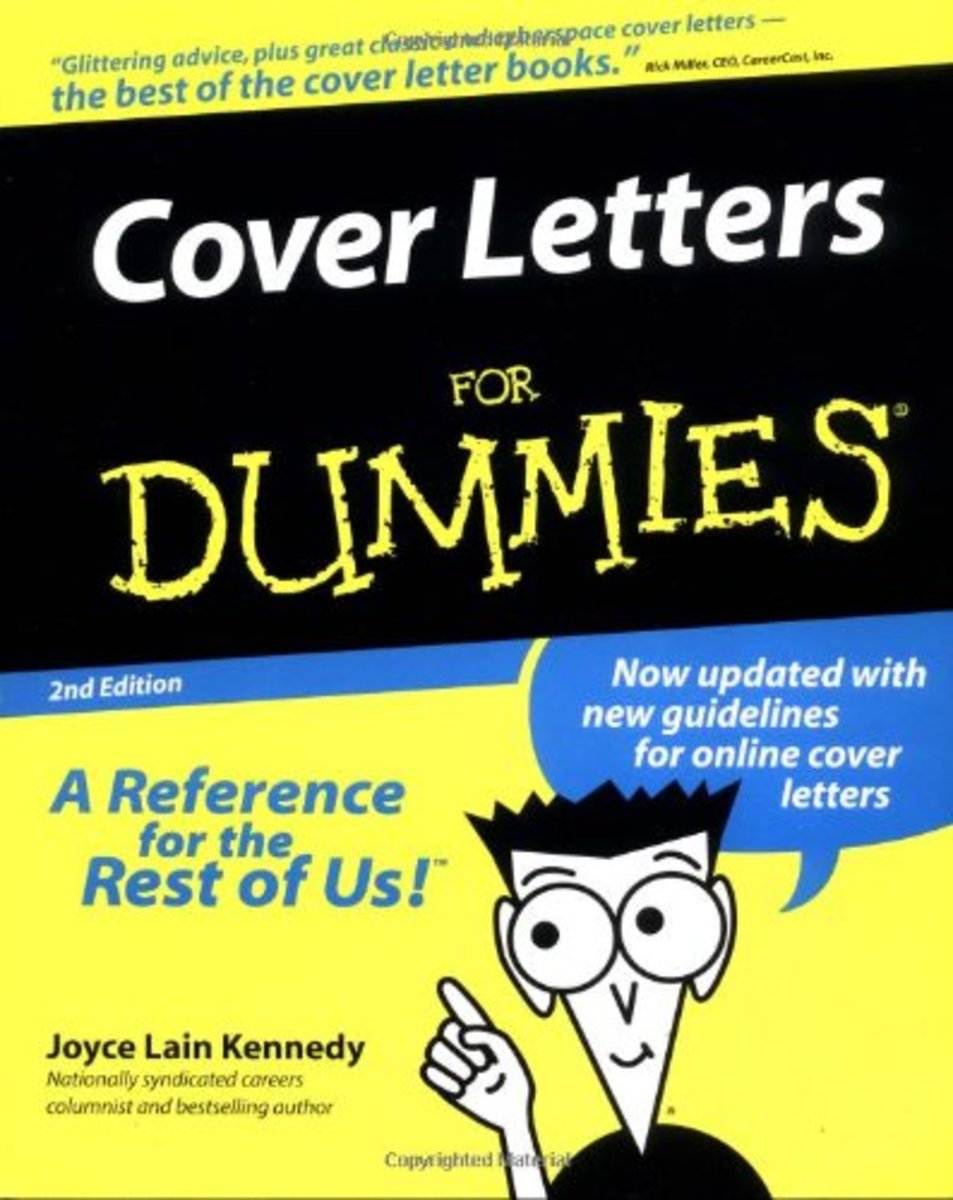How To Use An Executive Summary To Improve Your Business Writing
Introduction To Using An Executive Summary
If your job requires that you write memos, emails, powerpoints and reports that go to mid to senior level management personnel, you must master the technique of writing “executive summaries”.
Most managers are multi-tasking, attending a significant number of meetings and receiving more than 100 emails per day. By starting a communication with an executive summary, you can help your information stand out from the rest, increase productivity and speed up decision making in your firm.
What Is An Executive Summary?
How often have you started to read a communication and then begun wondering; What's the point here? Do I need to read this information or is skimming it enough? Is it meant for a different audience? Enter (drum roll) ..... the executive summary.
An executive summary is placed at the beginning of a written communication and briefly summarizes what the recipient is about to read and why it’s relevant to them. A powerful executive summary should capture the reader’s attention, generate interest in the topic(s) and inspire them to want to know more- and read more.
In an email or memo, an executive summary is the first paragraph, two to four sentences in length. It may also include a few bullet points.
In a powerpoint, the executive summary should be your first content slide, following the cover slide or the table of contents.
Depending on the topic of your communication or your audience, you may want to consider- "If my reader(s) only read the executive summary and skipped the rest, what is the most important information I want them to take away?"
Key Components to an Executive Summary
There are several key components that should be considered when writing an executive summary:
- The What: Key phrases that describe and summarize the major points you want to emphasize- that will be explained in more detail later in the document. I.E. What is the communication about?
- The Why: Key phrases that engage the reader and explain why the content is relevant to them.
- The Action: If appropriate, clearly state what action you need the reader to take and by when
- Powerful, Concise Language: Since the purpose of the summary is to catch your reader’s attention, save time and drive some type of action, powerful words and phrases are required.
Here are a few examples of how to turn average phrases into more powerful, concise phrases:
Instead of: “Here are the results of my analysis.” say “The results of my analysis uncovered some unique trends in the 20-30 year old segment that may surprise you.”
Instead of “We’ve been interviewing a number of candidates for the project manager role, including both internal and external. HRs been involved, as well as Tom, Dick and Harry.” say “ The cross-functional interview team completed 25 interviews for the project manager role and has identified the top 2 candidates. We’d like you to also weigh in.”
Executive Summary Samples
Here is some sample verbiage for different types of executive summaries:
Exec Summary: Results of Data Analysis or Research: “Per your request, the operations team completed an analysis of sales performance in the Northeast Territory. We identified several interesting trends tied to product line, seniority of sales representatives and state. I’ve added more detail below, and recommend we meet to discuss the entire analysis. Does Wednesday work for you?"
Exec Summary: Project Update: “ The new product introduction team made significant strides over the past three months and has 1) Identified three new product lines to differentiate firm ABC from the competition 2) Determined the cost and timeline for product development and 3) Projected sales revenue growth for the first three years, following product introduction. All three points will be covered in this presentation."
Exec Summary: Need Decision Via Email: “ Bob, as discussed last week, we need to determine if we’ll fill the open leadership role with Lisa Sampson, the internal candidate or Frank Erickson, the external candidate. Based on my assessment, Lisa’s qualification and experience best meet the needs of the position and she received rave reviews from her current boss, Tom Fredly. I’ve recapped, in more detail, the business rationale below. Do I have your support to move forward with the offer to Lisa?”
In Summary....
As previously stated, if your job requires that you write communications that go to mid to senior level management personnel, you must master the technique of writing executive summaries.
Business writing teachers used to (and some still) instruct writers to include an executive summary at the end of a document. That is simply not effective in today’s business environment. You need to consider the interruptions, instant messaging, Blackberries, distractions as a result of our difficult economy etc.
By starting a communication with an executive summary, you can help your information stand out from the rest, increase productivity and speed up decision making in your firm.
Written By Reynolds Writing, December 2008.









